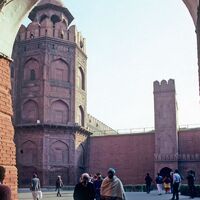 Red Fort
Red Fort The Red Fort was the residence of the Mughal emperor of India for nearly 200 years, until 1857. It is located in the centre of Delhi and houses a number of museums. In addition to accommodating the emperors and their households, it was the ceremonial and political centre of Mughal government and the setting for events critically impacting the region.
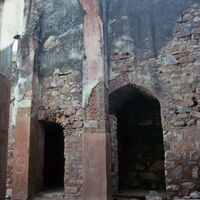 Zafar Mahal
Zafar Mahal 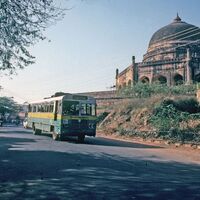 Tomb of Adham Khan
Tomb of Adham Khan view from road
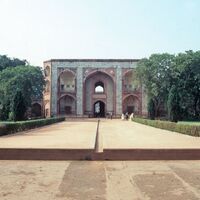 Humayun's Tomb
Humayun's Tomb west entry gate main gate
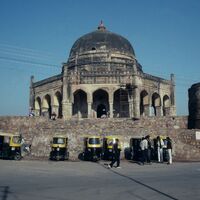 Tomb of Adham Khan
Tomb of Adham Khan 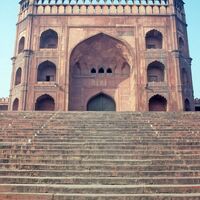 Jama Masjid
Jama Masjid east gate
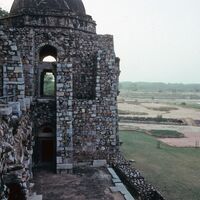 Hauz Khas Complex
Hauz Khas Complex The Hauz Khas Complex houses a water tank, an Islamic seminary, a mosque, a tomb and pavilions built around an urbanized village with medieval history traced to the 13th century of Delhi Sultanate reign. It was part of Siri, the second medieval city of India of the Delhi Sultanate of Allauddin Khilji Dynasty (1296–1316).
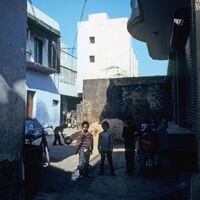 Mehrauli (neighborhood)
Mehrauli (neighborhood) street view
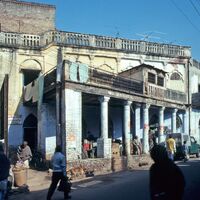 Mehrauli (neighborhood)
Mehrauli (neighborhood) street view
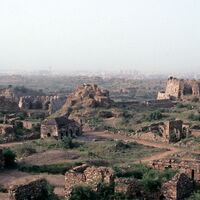 Tughlaqabad Fort
Tughlaqabad Fort general view
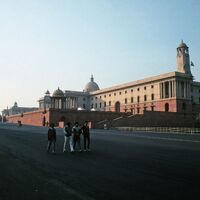 Secretariat Building
Secretariat Building The Secretariat Building was designed by the prominent British architect Herbert Baker in Indo-Saracenic Revival architecture. Both the identical building have four levels, each with about 1,000 rooms, in the inner courtyards to make space for future expansions. In continuation with the Viceroy's House, these buildings also used cream and red Dholpur sandstone from Rajasthan, with the red sandstone forming the base. Together the buildings were designed to form two squares. They have broad corridors between different wings and wide stairways to the four floors and each building is topped by a giant dome, while each wings end with colonnaded balcony. Much of the building is in classical architectural style, yet it incorporated from Mughal and Rajasthani architecture style and motifs in its architecture. These are visible in the use of Jali, perforated screens, to protect from scorching sun and monsoon rains of India. Another feature of the building is a dome-like structure known as the Chatri, a design unique to India, used in ancient times to give relief to travelers by providing shade from the hot Indian sun.
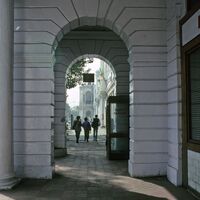 Connaught Place
Connaught Place 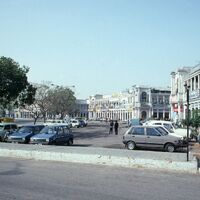 Connaught Place
Connaught Place 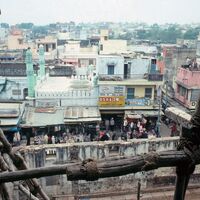 Mehrauli (neighborhood)
Mehrauli (neighborhood) aerial view
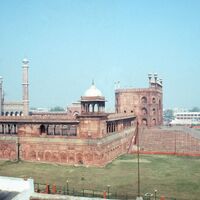 Jama Masjid
Jama Masjid Conceived as the largest mosque of the Indian subcontinent (later surpassed by Aurawgzib's Jami mosque in Lahore), the Jami mosque of Delhi was built as the congregational mosque of Shah Jahan's new city of Shahjahanabad. Located on a high ridge near Shah Jahan's palace-fort (now known as the Red Fort), the mosque is raised on a high plinth and approached by steep flights of steps on the north, east and south sides. The prayer chamber has a prominent central portal, and is surmounted by three bulbous white marble domes and framed with towering minarets. Prayer hall: 27x61 m
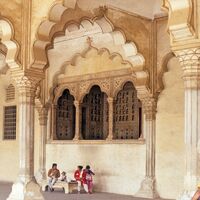 Red Fort, Diwan-i-Khas
Red Fort, Diwan-i-Khas The Red Fort was the residence of the Mughal emperor of India for nearly 200 years, until 1857. It is located in the centre of Delhi and houses a number of museums. In addition to accommodating the emperors and their households, it was the ceremonial and political centre of Mughal government and the setting for events critically impacting the region.
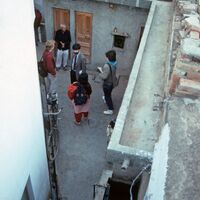 Mehrauli (neighborhood)
Mehrauli (neighborhood) courtyard and house
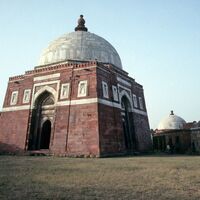 Tughlakabad Fort
Tughlakabad Fort mausoleum of ghiyath ud-din tughluq
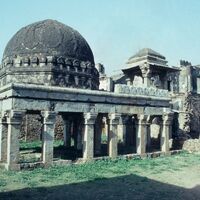 Zafar Mahal
Zafar Mahal  Qutbuddin Bakhtiar Kaki Dargah
Qutbuddin Bakhtiar Kaki Dargah 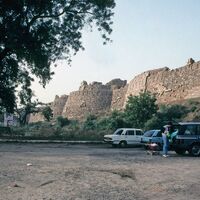 Tughlaqabad Fort
Tughlaqabad Fort external view
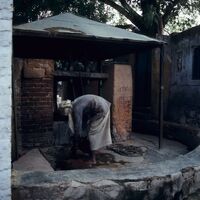 Mehrauli (neighborhood)
Mehrauli (neighborhood) 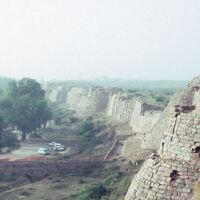 Tughlaqabad Fort
Tughlaqabad Fort view of wall
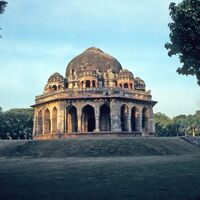 Lodi Gardens
Lodi Gardens Tomb of Mohammed Shah
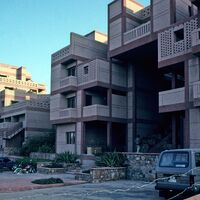 National Institute of Immunology
National Institute of Immunology